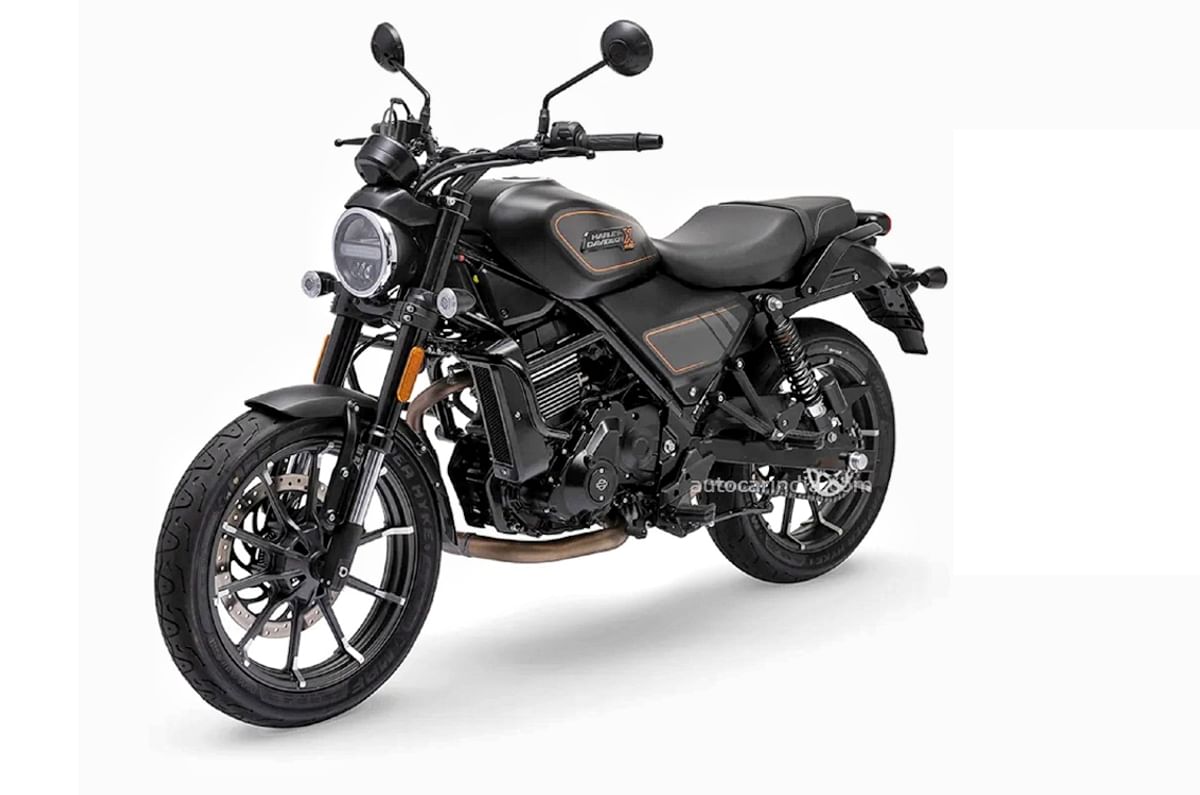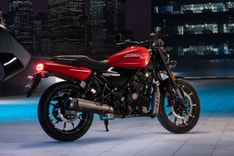Harley-Davidson X440 real world fuel economy tested, explained
The Harley-Davidson X440 is less fuel efficient than the Triumph Speed 400 and the Classic 350.
Published On Aug 07, 2023 07:00:00 AM
63,086 Views
Follow us onThe newly launched Harley-Davidson X440 is unlike any other offering from either Harley or Hero. We’ve been able to spend an extended duration with the bike on public roads and put it through our routine testing cycles, and, as a result, we have been able to find the real-world fuel efficiency of the new X440.
Harley-Davidson X440 real world fuel efficiency
First up was the highway test, where we ran the bike for a little over 54km in top gear at 80kph (the speed limit on the section of highway where we conduct our testing). At the end of it, the little Harley needed 1.71 litres of fuel to be topped up again, which works out to a highway fuel efficiency of 31.81kpl.
Back in the confines of the city, we ran the H-D for just under 49km through mixed traffic conditions. After this, it took 1.65 litres of fuel to bring the tank back to full, resulting in a city fuel economy of 29.43kpl.

Harley-Davidson X440: fuel economy analysis
Considering that this is an all-new engine, there was no reference point going into our tests. With these figures, the Harley X440 has proved to be slightly less frugal than the Triumph Speed 400, but considering its larger displacement and significantly higher weight, it isn’t a surprise. This new engine adopts a similar approach to the Classic’s charming long-stroke, 2-valve mill, but it packs in nearly a hundred more cubes. As a result, the Classic manages to be more fuel efficient.
Autocar India’s fuel efficiency testing
Our fuel efficiency testing routine starts off by first brimming the tank and ensuring that the bike is running the manufacturer's recommended tyre pressures. The bike is then ridden on fixed city and highway routes, where we maintain pre-decided average speeds that best mimic real-world scenarios. The payload on the bikes is kept constant by balancing rider weights and ballast, ensuring consistency across different vehicles and riders. At the end of the test cycle, the fuel tank is once again filled to the brim, giving us an accurate figure of how much fuel has been consumed, against the trip meter reading.
Copyright (c) Autocar India. All rights reserved.






Comments
Member Login
Personal Details
No comments yet. Be the first to comment.